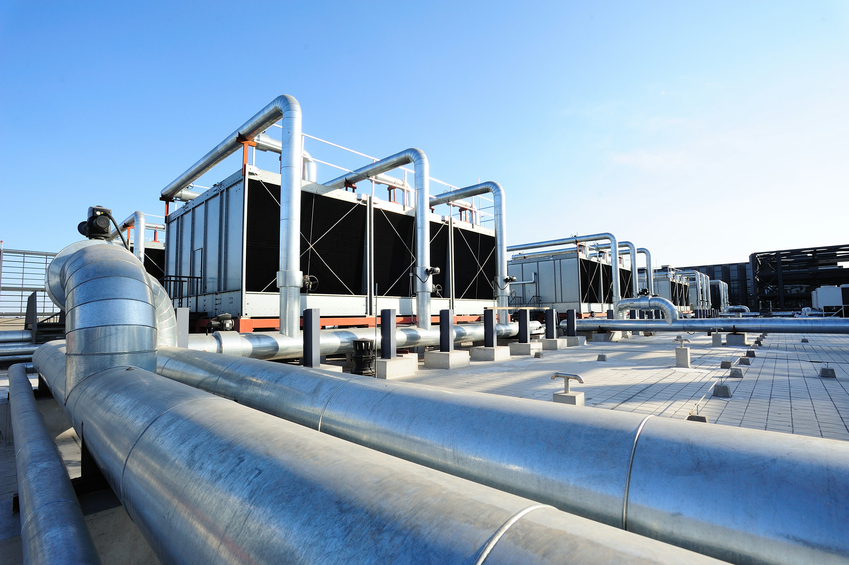Lift Equipment Design 12 PDH Discount Package
Overview of Electric Overhead Traveling (EOT) Cranes (D06-003)

This online engineering PDH course provides criteria for design and construction of elevators. The requirements laid down in this course compliment non-governmental standards such as those published by ASME and NFPA.
Elevators enable millions of public buildings to function effectively by seamlessly moving people into them, through them and out of them. Ranging from retail shops to railway stations and airports to schools, car parks, hotels, or stadiums, each of these types of buildings has a unique set of requirements that need to be met.
The elevator and escalator industry is a very unique trade among other building services equipment industries. The equipment suppliers usually have lines of basic products. However, each installation is site specific i.e. each installation is tailor-made to suit individual site's constraints and requirements.
This 6 PDH online course is applicable to architects and engineers who are involved in the design of facility's elevators. Because elevators are complex multi-disciplined products, this course provides guidance to the architectural and engineering disciplines to understand their roles in elevator design.
This PE continuing education course is intended to provide you with the following specific knowledge and skills:
- Learning how to determine correct number and type of transportation devices
- Learning how to determine right sizes and speeds of the transportation devices
- Learning how to zone and locate the transportation devices for smooth flow of people and goods
- Knowing the principle of operation of traction and hydraulic elevators including roping and hoisting mechanisms
- Understanding geared and gearless type traction elevators
- Understanding the difference between the direct-acting and suspended hydraulic elevator
- Familiarizing with the codes and standards governing the design and installation of elevators
- Understanding the architectural, structural, electrical, mechanical design criteria
- Understanding the fire protection, emergency power and HVAC criteria
- Understanding elevator control and safety features including independent service, attendant service, inspect and fire service
- Applying general good practices: Do's and Don'ts
In this professional engineering CEU course, you need to review the document titled, "Building Elevator Systems".
Upon successful completion of the quiz, print your Certificate of Completion instantly. (Note: if you are paying by check or money order, you will be able to print it after we receive your payment.) For your convenience, we will also email it to you. Please note that you can log in to your account at any time to access and print your Certificate of Completion.

This online engineering PDH course presents an overview of electric overhead traveling cranes, discusses the mechanical aspects of the appropriate selection, and includes civil, structural and electric design parameters.
A crane is a machine that lifts, lowers and moves load horizontally. By construction, cranes are divided into the overhead and gantry cranes. An overhead crane, also known as a bridge crane, is a type of crane where the hook and line mechanism run along a horizontal beam that travels on two widely separated rails. Often, it is in a factory building and runs along rails mounted on two long walls. A gantry crane is similar to an overhead crane, except that the bridge carrying the trolley is rigidly supported on two or more legs moving on fixed rails embedded in the floor.
Overhead traveling cranes are also available in various configurations. The two main categorizations are top-running versus under-running bridge cranes and single-girder versus double-girder bridge cranes. A crane travel is directed by an operator, either manually or with a wired pendant station or wireless controls that guide their electric- or pneumatic-powered travel. Typical uses include multi-directional movement of materials through the production process, support manufacturing, transporting heavy items to and from storage areas, and loading or unloading activities inside a warehouse or onto open trailers or railcars.
This 6 PDH online course is applicable to mechanical engineers, electrical engineers, structural engineers, construction engineers, factory and workshop operators, supervisors, O&M professionals, facility managers, estimators and general audience seeking to gain a better understanding of electric overhead traveling cranes. No specific prerequisite training or experience is required.
This PE continuing education course is intended to provide you with the following specific knowledge and skills:
-
Learning about various types of overhead cranes
-
Describing the components and terminology of overhead cranes
-
Understanding crane duty groups and service classifications such as CMAA, HMI/ASME, FEM and ISO
-
Learning about the various types of hoists, their application and safety features
-
Learning about the various types of loads (forces) on the crane runway girder and the building structure
-
Understanding the methods of crane electrification including festoon systems
-
Learning about the types of motors and enclosures based on NEMA standards
-
Understanding the electrical grounding requirements per NEC and the control systems
-
Understanding the standard specifications covering mechanical, structural, and electrical requirements
-
Understanding the key crane inspection and testing requirements as specified by OSHA
In this professional engineering CEU course, you need to review the course document titled, "Overview of Electric Overhead Traveling (EOT) Cranes".
Upon successful completion of the quiz, print your Certificate of Completion instantly. (Note: if you are paying by check or money order, you will be able to print it after we receive your payment.) For your convenience, we will also email it to you. Please note that you can log in to your account at any time to access and print your Certificate of Completion.